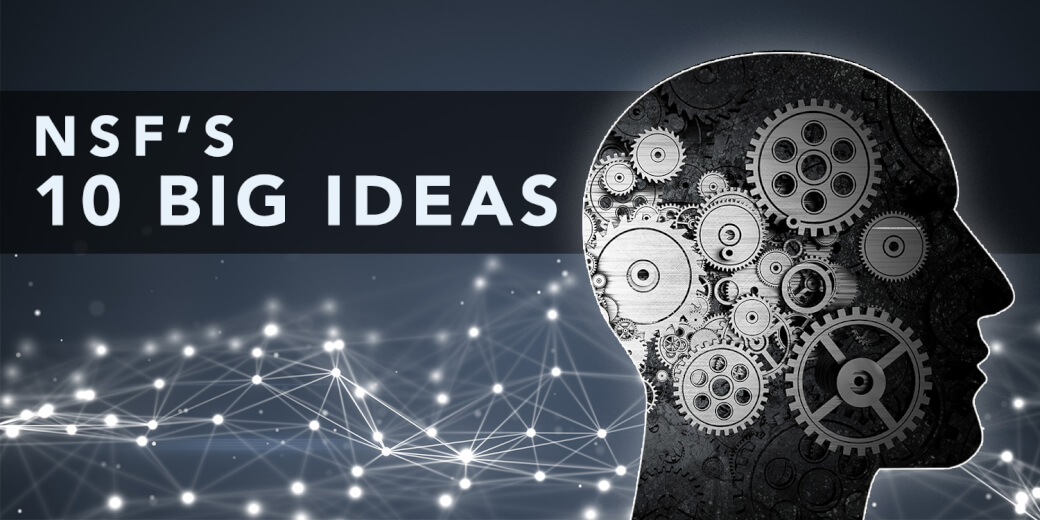In 2017, the National Science Foundation (NSF) unveiled a set of “Big Ideas,” 10 bold, long-term research and process ideas that identify areas for future investment at the frontiers of science and engineering.
Synthetic biology, or “Understanding the Rules of Life,” is one of the NSF’s big ideas.
The ability to design and manufacture synthetic cells has significant implications for the scientific and economic enterprise of the U.S. The synthesis of viable cells from non-living molecules and materials can open the door to the production of functional biomaterials and improved biofuels, large scale chemical synthesis, non-silicon-based computing, novel soil engineering, and medical and pharmaceutical advances, to name just a few possibilities. The study of synthetic cells, and of the processes used in their creation, can also provide a window on the origin and evolution of life on Earth and, potentially, provide insight into extraterrestrial life.
Synthetic cells have a number of shared characteristics. They may possess many of the structures of biological cells and reproduce capabilities such as self-replication, metabolism and response to environmental cues. However, they may be engineered using novel molecules and materials and structures to mimic single or complex biological functions. There are many reasons to engage in synthetic cell research; for example, to better understand what constitutes a living system, to identify the truly essential functions of cells, and building in itself can be a way to demonstrate understanding. Synthetic cell research employs a wide range of approaches including ‘top down’ methodologies exemplified by efforts to construct a ‘minimal cell’ by gradually deleting genes and components until a system with the fewest components that still exhibits the hallmarks of life is obtained. The alternative ‘bottom up’ approaches involve assembling molecular building blocks until cellular functions are obtained. These approaches might meet in the middle, and may inform each other.

The design and production of synthetic cells requires the development of innovative and integrative experimental approaches in combination with novel theoretical frameworks, improved mathematical models, new artificial biomaterials, predictive understanding of biological function, and the identification of causal relationships in biological systems (e.g. genotype/phenotype, structure/function), all within an ethical framework that is sensitive to the profound implications of the research being conducted. Building a synthetic cell is a grand challenge at the interface between biological, mathematical, computer and physical sciences and engineering that has the potential to advance not only applications, but also our fundamental understanding of how cells self-assemble and function and of emergent order in non-equilibrium systems. Meeting this challenge requires simultaneous careful exploration of the social and ethical dimensions of such research as well as educating today’s students to engage in the activities and technologies required both for developing synthetic cells and for their use in biology, engineering, chemistry, pharmaceutical development, and other activities.
According to the NSF, only by doing so will we be able to fully understand both the societal benefits and risks as well as their potential for willful misuse or unintended damage to natural biological systems. In concert with technology development, educating students and the lay public will also be important to ensure an accurate understanding of the scientific advances resulting from the development and use of synthetic cells.

